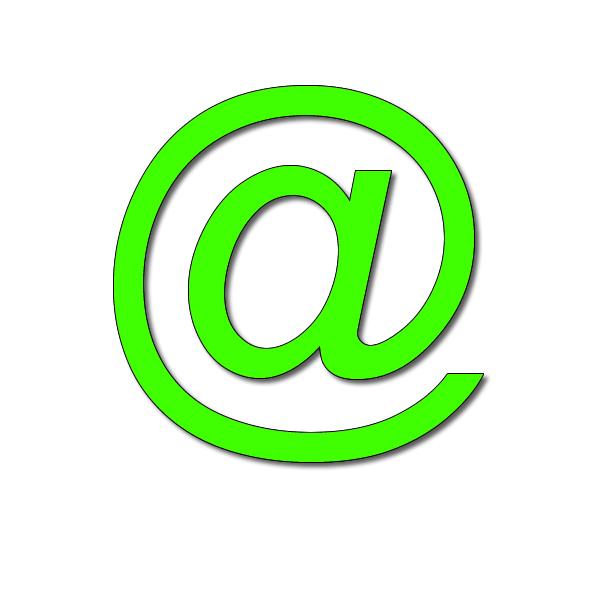
The @ symbol, a ubiquitous symbol in our digital era, carries a captivating history that stretches back centuries. Originating as a shorthand for the word “at,” it has evolved from its humble beginnings to become an essential component of email addresses, social media handles, and website URLs. The symbol’s journey encompasses intriguing facts, cultural variations in nomenclature, and even its artistic applications. This essay delves into the captivating history and significance of the @ symbol, exploring its transformative role in connecting people, facilitating communication, and fostering creative expression.

The @ symbol has a rich and fascinating history that stretches back centuries. Originating in the 16th century, it emerged as a shorthand for the word “at.” Initially, it was written as a lowercase “a” with a superscript “t,” but over time, it underwent transformations to become the familiar @ symbol we know today.
The adoption of the @ symbol in email addresses took place during the early 1970s, marking a significant milestone in its journey. This choice was driven by several factors: the symbol was not commonly used in other parts of an email address, and its typewriter-friendly nature made it easy to type.
With the rise of email, the @ symbol quickly gained popularity among users, serving as a distinctive marker for electronic correspondence. However, its utility didn’t end there. Over time, it transcended the realm of email and found its way into various other contexts, including social media handles and website addresses.
Here are some intriguing facts that further highlight the significance of the @ symbol:
- The @ symbol is commonly referred to as the “at sign” in English. However, different languages have distinct names for it. For instance, in French, it is known as “arobase,” in Spanish as “arroba,” and in Italian as “chiocciola.”
- The @ symbol is one of the most widely used symbols worldwide, finding its place in countless email addresses. It is estimated that over 300 billion @ symbols are employed daily in email communications alone.
- Remarkably, the @ symbol holds a registered trademark status under the United States Postal Service (USPS). This grants the USPS exclusive rights to utilize the symbol in their marketing materials, emphasizing its significance and recognition.
- The versatility of the @ symbol has allowed it to inspire creative applications. It has been employed to craft visually appealing works of art, design eye-catching logos, and even compose unique poems, showcasing its potential for artistic expression.
Today, the @ symbol has become an integral part of our digital lives. It serves as a unifying symbol, connecting individuals across the globe, facilitating the sharing of information, and fostering creative expression. Its ubiquity has made it an essential component of our communication and a testament to the power of symbols in shaping our modern world. The history and journey of the @ symbol illustrate its enduring relevance and profound impact in the realm of communication and human connection.
In conclusion, the @ symbol stands as a testament to the power of symbols in shaping our modern world. From its origins as a shorthand notation to its pivotal role in email addresses and beyond, the @ symbol has seamlessly integrated into our digital landscape. Its adoption in various languages and its creative applications further highlight its enduring significance and adaptability. As we continue to navigate the realms of communication and connectivity, the @ symbol remains a steadfast and recognizable marker, facilitating global connections, promoting information exchange, and inspiring artistic endeavors. With its rich history and universal recognition, the @ symbol continues to bridge gaps, enhance digital interactions, and symbolize the ever-evolving nature of our interconnected world.
